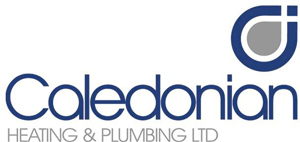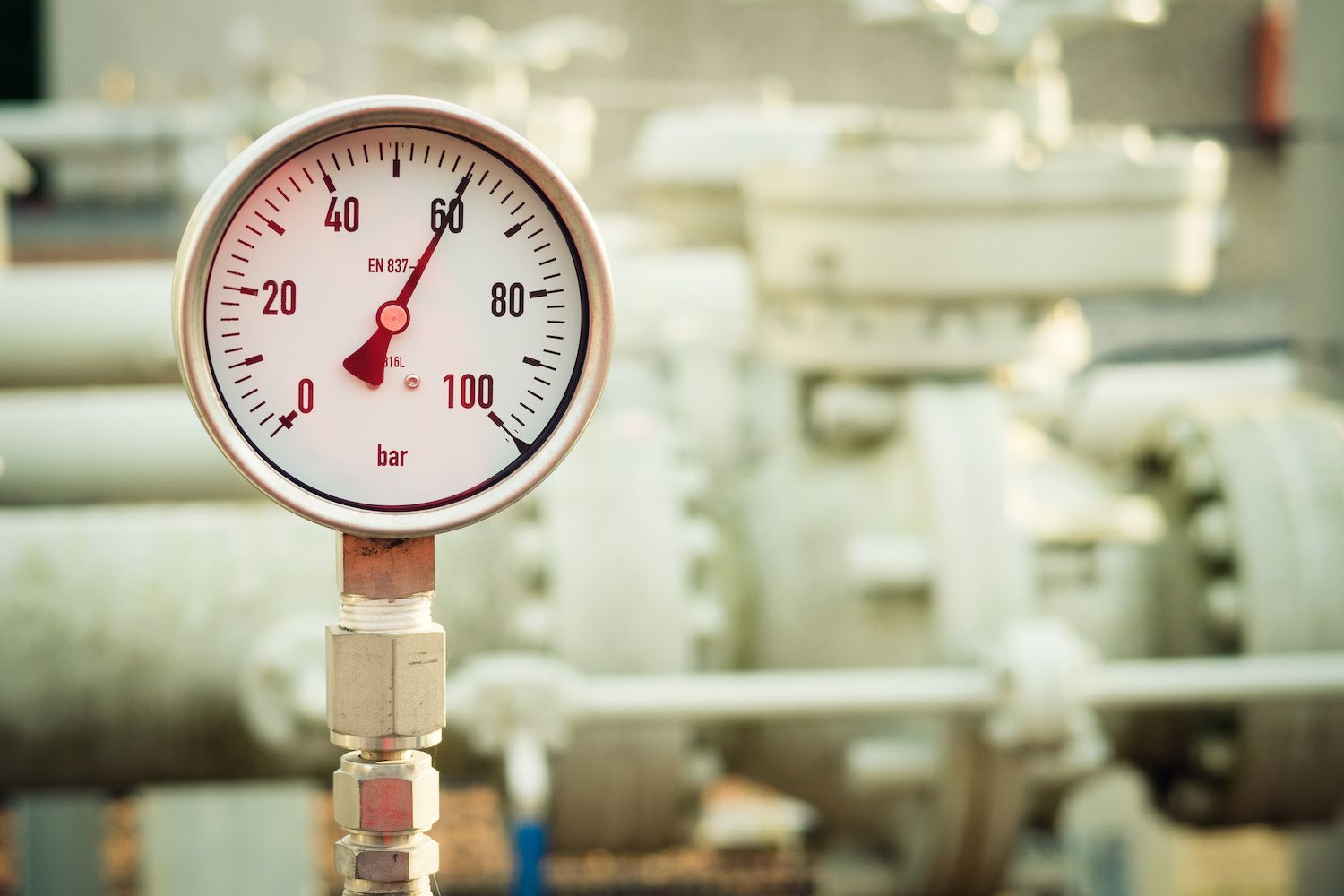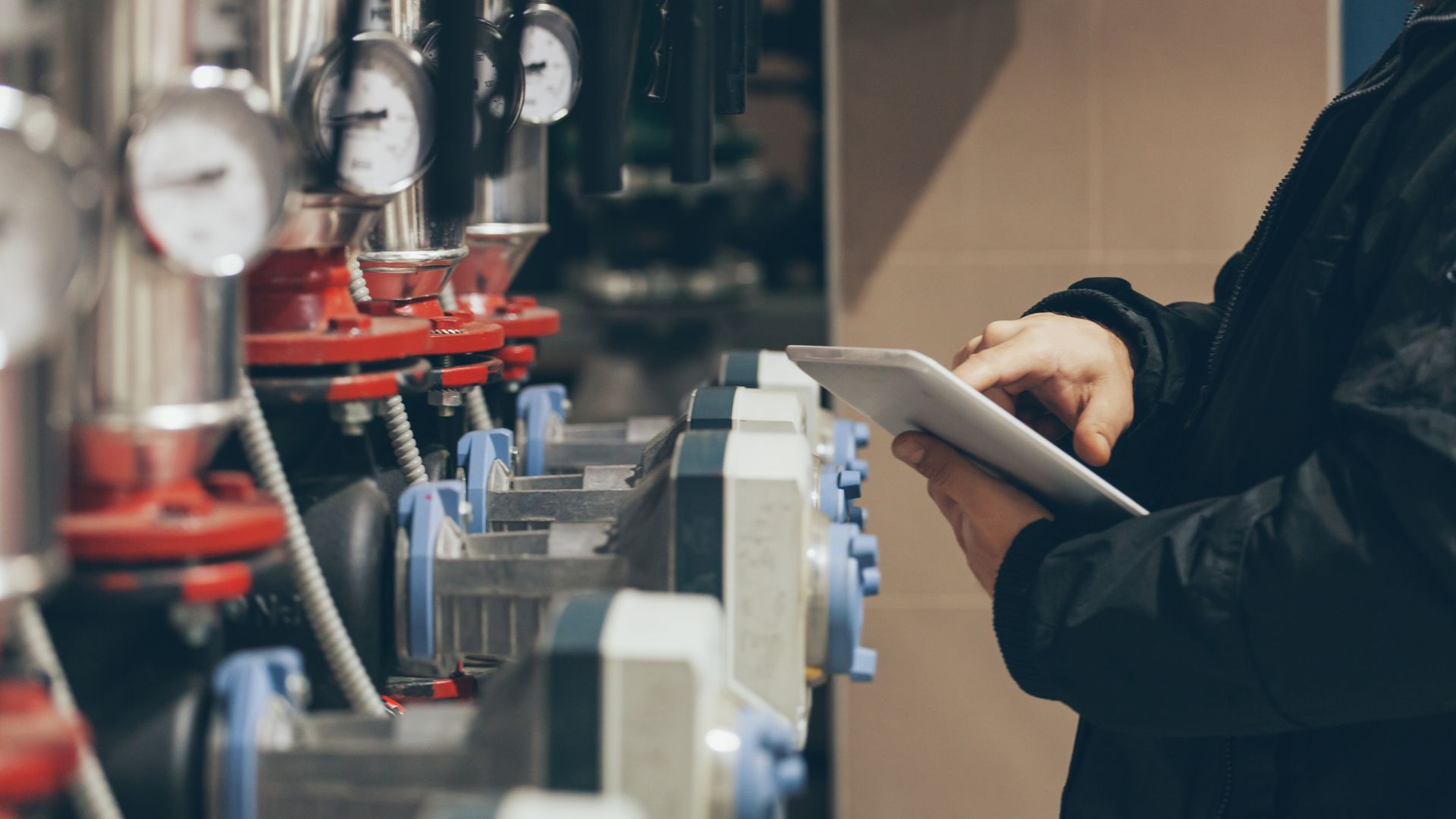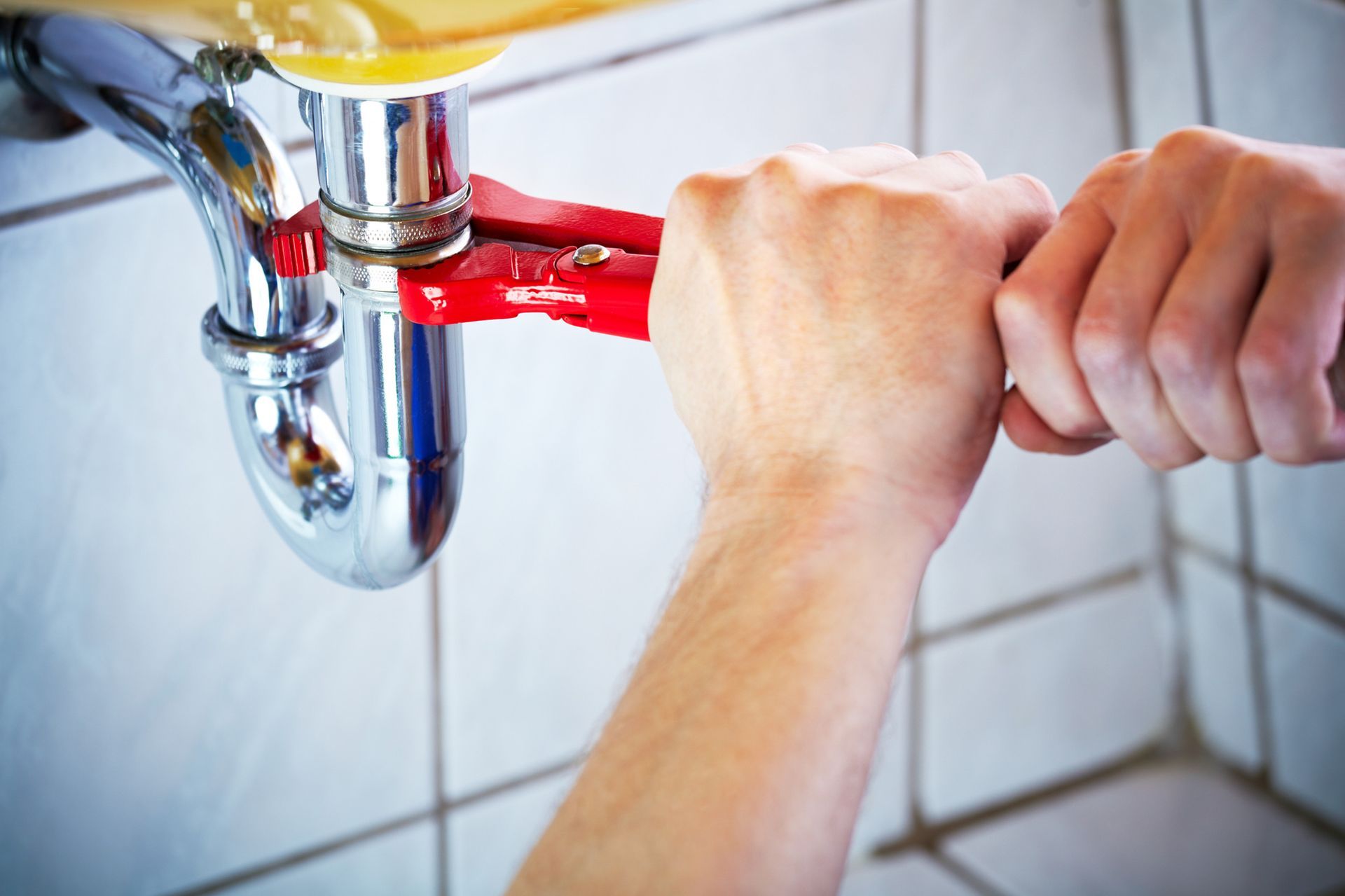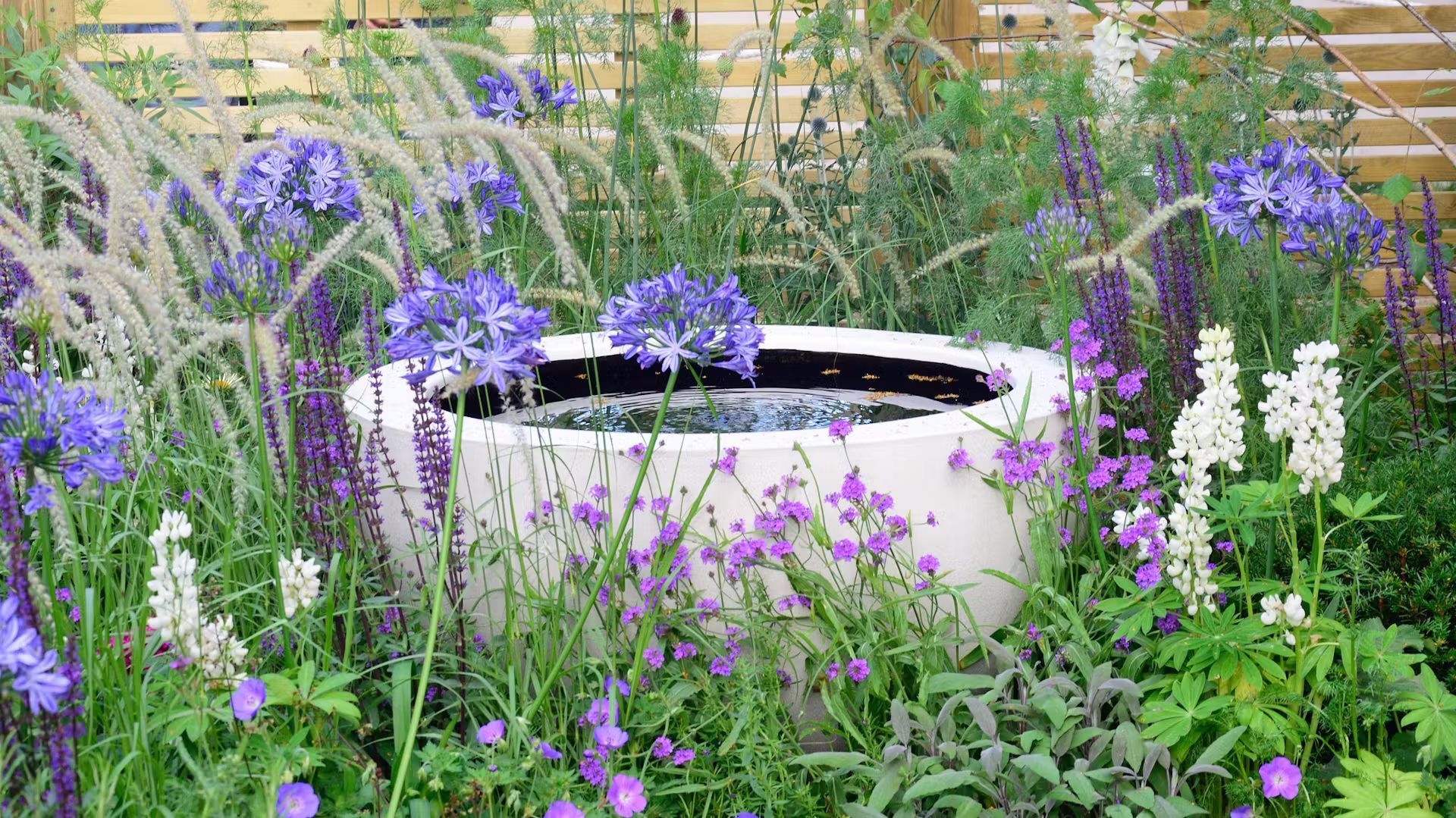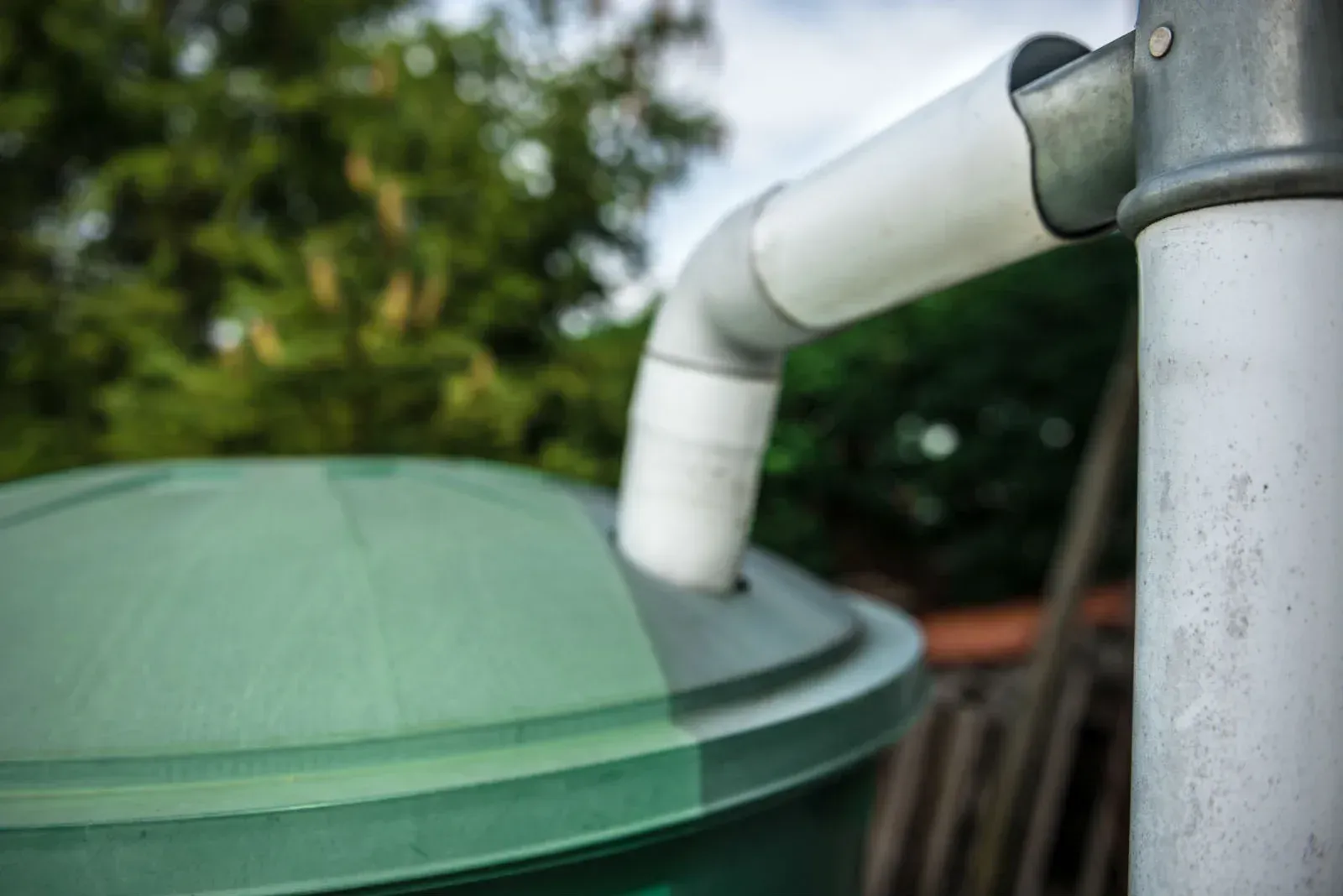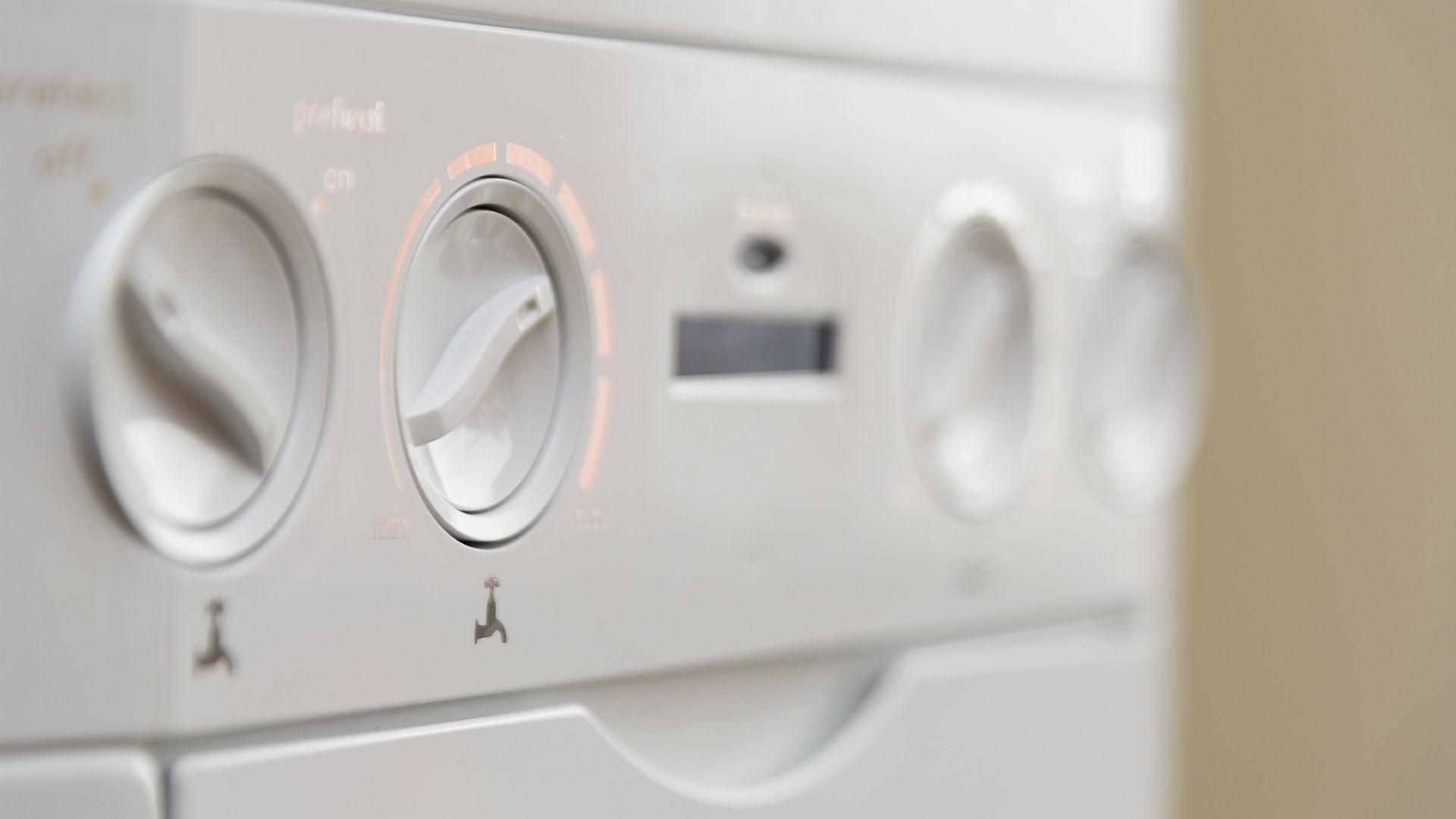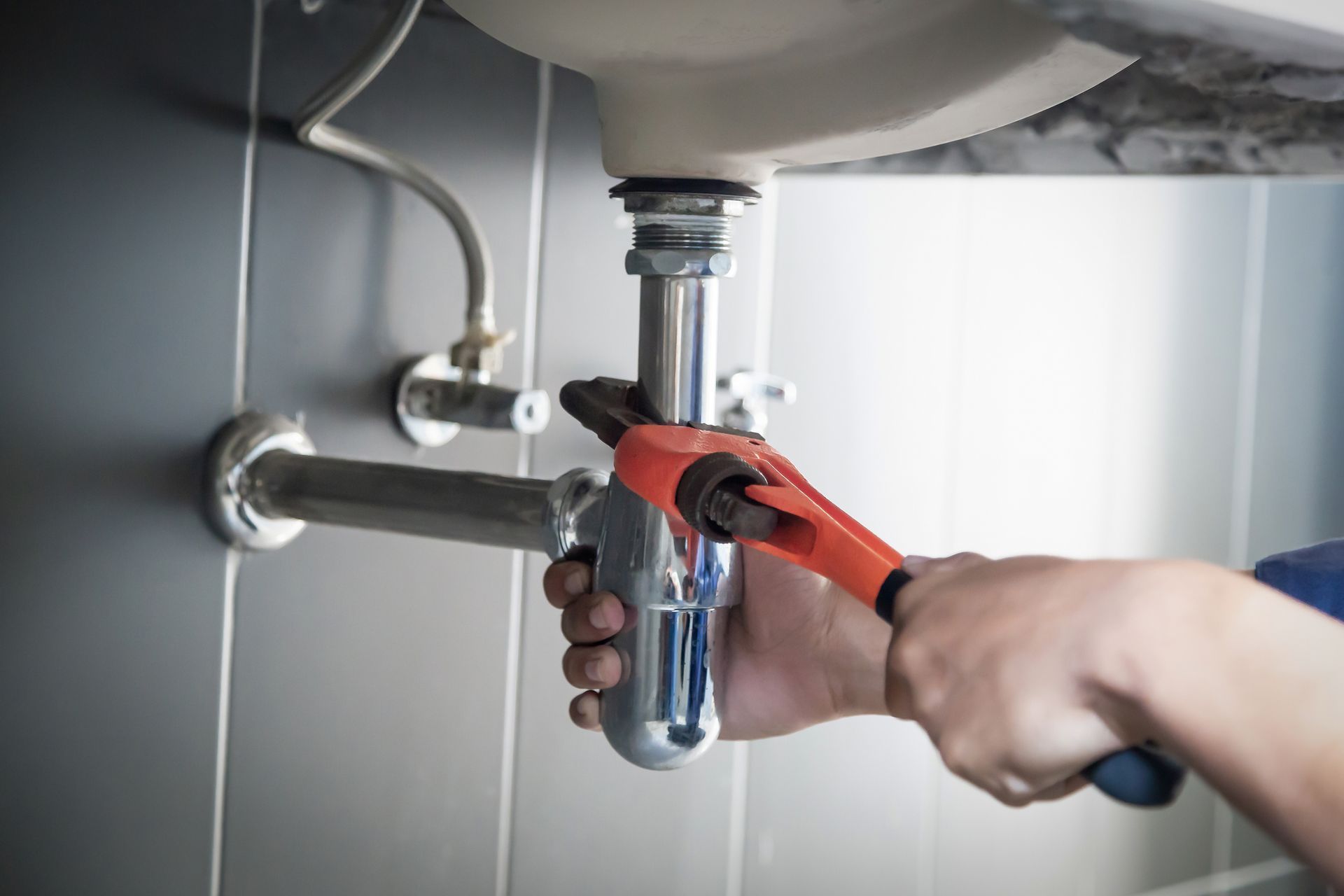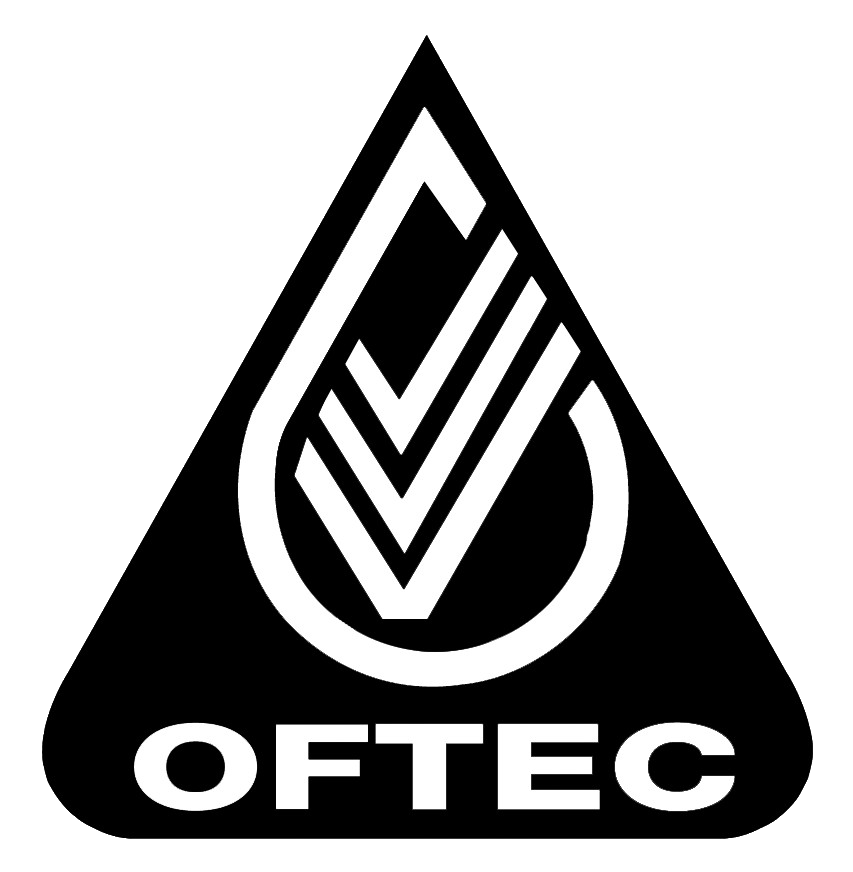Everything You Should Know About Industrial Water Risk Assessments
Water risk assessments play a crucial role in maintaining safe and compliant industrial environments. They help identify potential hazards related to water systems, such as the presence of harmful bacteria like Legionella. Read on to learn more about the key aspects of water treatment risk assessments, why they are important, and how they protect your business.
What is an Industrial Water Risk Assessment?
A water risk assessment is a thorough examination of your water systems to identify potential risks that could lead to health and safety concerns. In industrial settings, water systems such as cooling towers, storage tanks, and hot water systems are susceptible to contamination. One of the most significant risks is Legionella, a harmful bacterium that can thrive in water systems if not properly managed.
A water treatment risk assessment will look at the overall condition of your water systems, including the temperature, design, usage patterns, and any existing maintenance practices. The goal is to identify areas where bacteria like Legionella could grow and pose a risk to employees and visitors.
Why Are Water Risk Assessments Important?
Water risk assessments are not just about compliance with health and safety regulations; they are about protecting the people who come into contact with your water systems. Failing to conduct regular risk assessments can lead to contaminated water systems, putting people’s health at risk and potentially resulting in costly legal consequences for your business.
A Legionella risk assessment is an integral part of any industrial water risk assessment as Legionella bacteria can cause Legionnaires’ disease—a serious lung infection. The assessment identifies potential breeding grounds for Legionella and recommends corrective actions, such as improving water temperature control, increasing disinfection practices, or redesigning systems to reduce water stagnation.
Ensuring compliance with the Health and Safety Executive’s (HSE) guidelines for Legionella management is essential for protecting your workforce and maintaining a safe environment.
What Does a Water Risk Assessment Involve?
A comprehensive water risk assessment typically includes several key steps:
● Survey of Water Systems: A detailed survey of all water systems on-site, including water heaters, cold-water tanks, and cooling systems.
● Temperature Monitoring: Checking the temperature of water storage tanks and distribution systems. Legionella bacteria thrive in stagnant water between 20°C and 45°C, making temperature monitoring crucial.
● Inspection of Design and Usage Patterns: Assessing the design and layout of the water systems to identify areas where water stagnation may occur, as well as reviewing how the water is used.
● Review of Maintenance Records: Evaluating current maintenance procedures to ensure they are effective in minimising risks. This includes reviewing disinfection protocols and system flushing schedules.
● Water Sampling and Testing: Taking water samples for laboratory analysis to detect the presence of harmful bacteria such as Legionella.
Caledonian Heating & Plumbing
At Caledonian Heating & Plumbing, we specialise in conducting thorough water treatment risk assessments to safeguard your business. Based in Edinburgh, our team of experienced professionals delivers expert water risk assessments, including Legionella testing and mitigation strategies. We understand the importance of compliance and safety, ensuring your water systems are free from harmful bacteria and other risks.
Contact us today to arrange a comprehensive assessment and keep your business safe and compliant.
